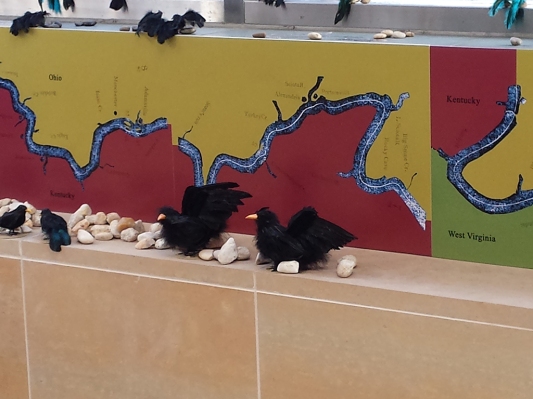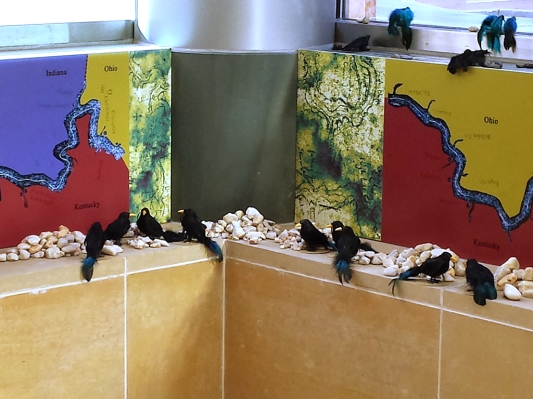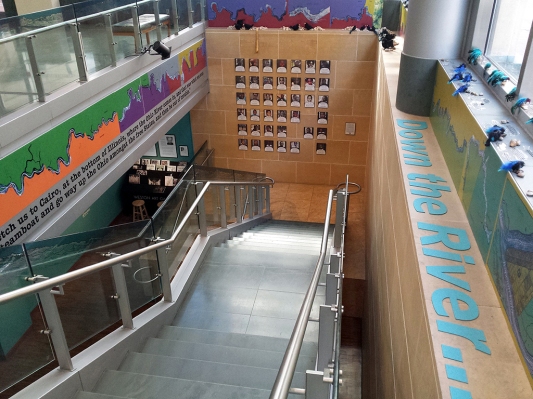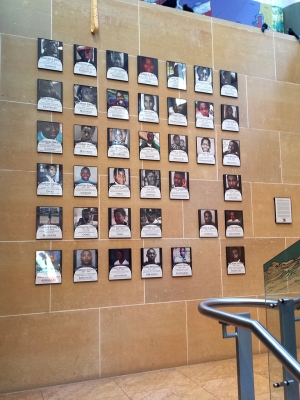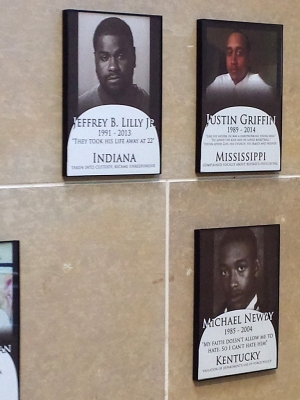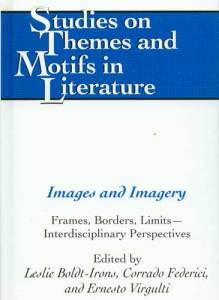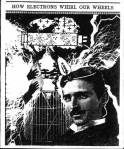As we move further down the rivers, the birds get bigger, darker, and more sinister. Again, this is a detail from the transparent, glass-cling printed wave element in the front.
19
Not only are the Ohio and Mississippi Rivers some of the dirtiest in our country, environmentally speaking – they hold our history of human trafficking. The crows make their appearance when we reach the point in the river where it divided the country in terms of slavery. In Kentucky, you were a slave. Cross the Ohio River and you were a freed person.
20
The mossy looking panels are from pencil drawings made in the 1818 original Navigator that I had scanned for the river maps. Weather these drawings were made in 1818 or not I don’t know. They are hard to see here but are clearly of the rivers and river-fronts.
21
In addition to being the messengers of darkness, specifically of slavery and racially-based death by cop, the crows had a job to do: find Muhammad Ali’s medal.
22
As you walked down the stairs, the central part of the journey is laid out in map panels to your left, with text clipped from Huckleberry Finn. Directly in front of you was a group of memorial portraits.
23
Each of these young black men and boys had died in the hands of the police, in the states along the Ohio and Mississippi Rivers.
24
Some of them were stand-up like Johnny Gammage, others were living on the rougher side of life, but absolutely none of them had done anything that warranted being shot and killed by the police. The entire gallery, both floors, could have been filled with this type of memorial portrait- there are enough deaths just like these to warrant it.
25

